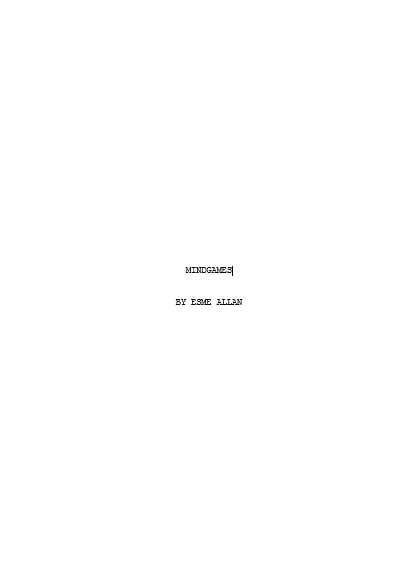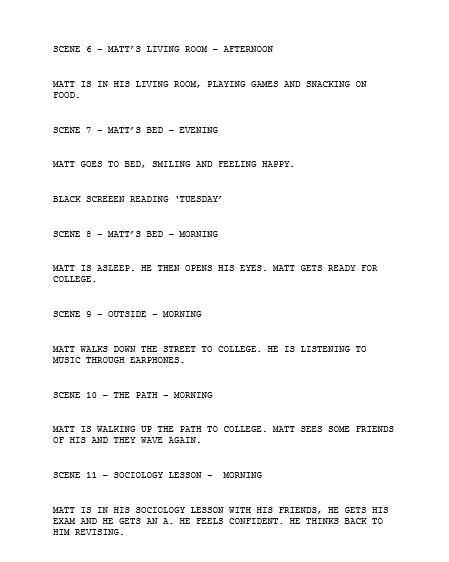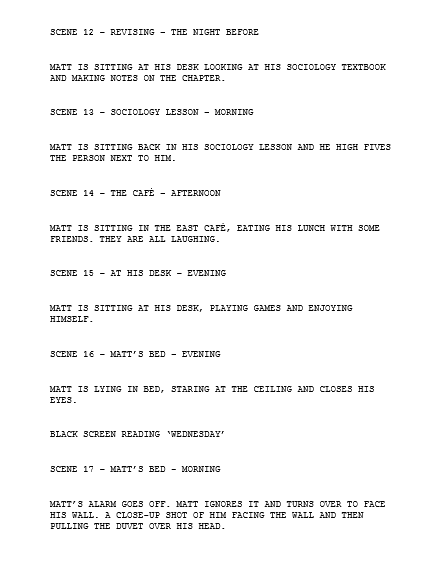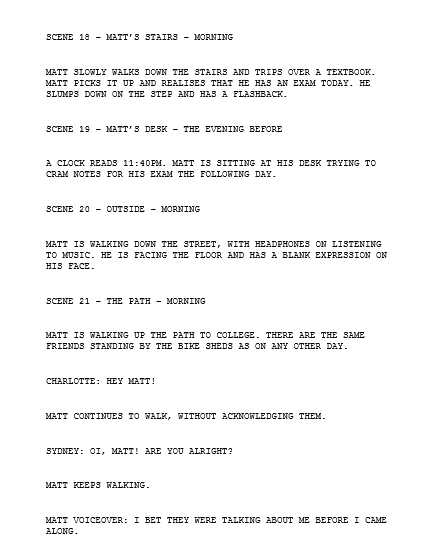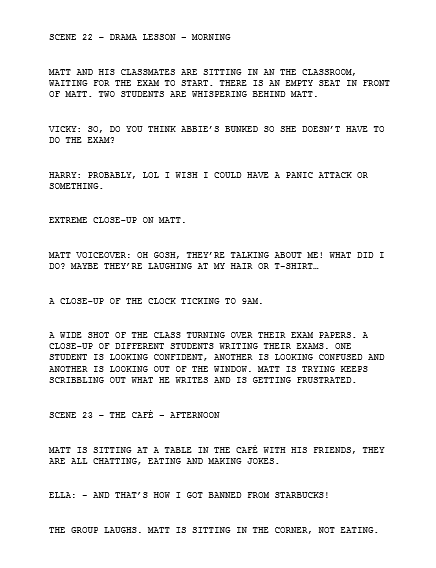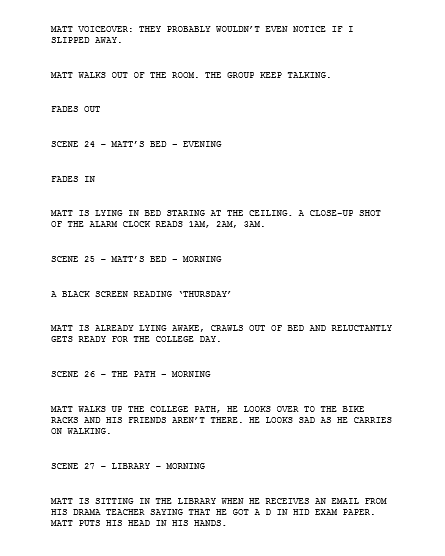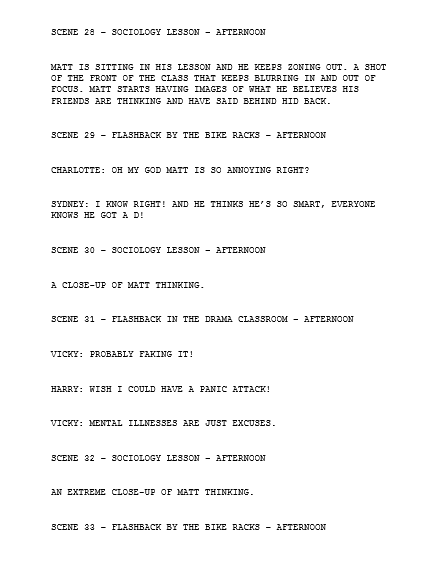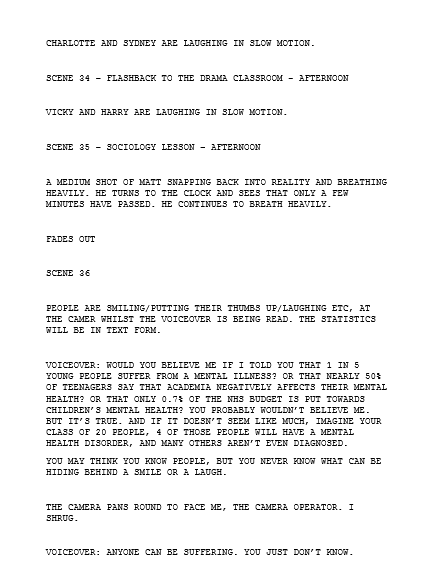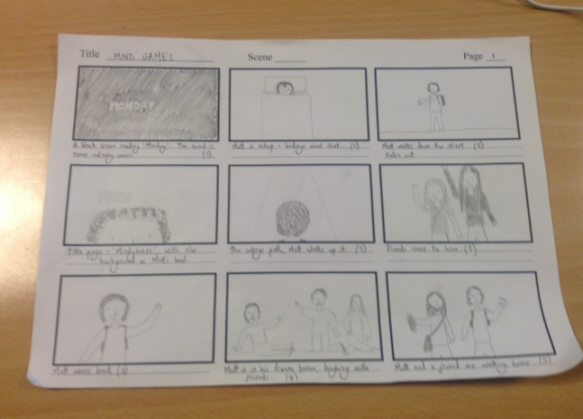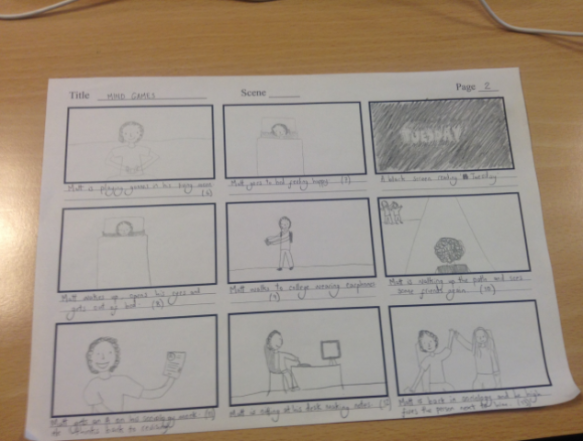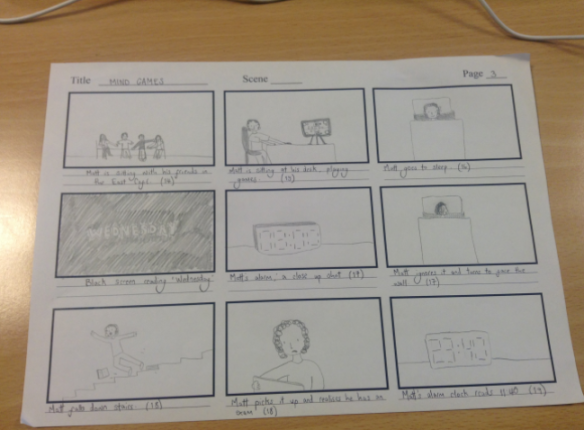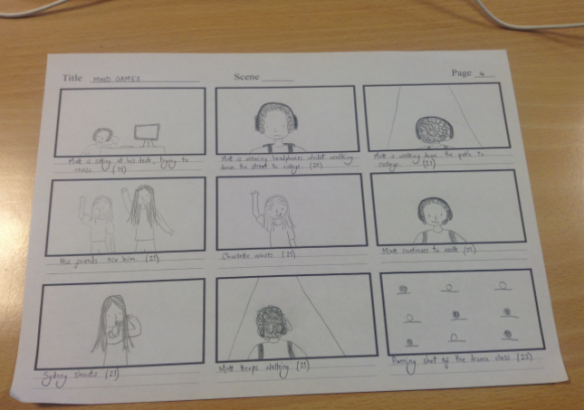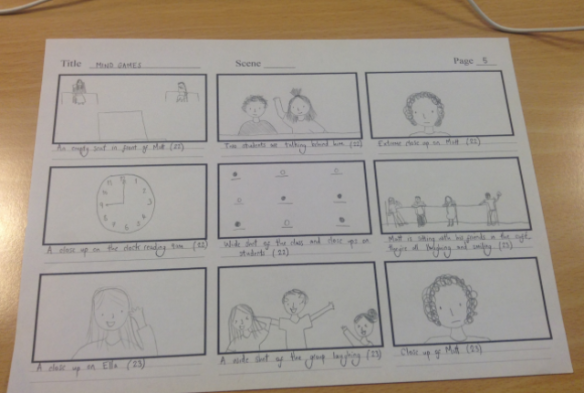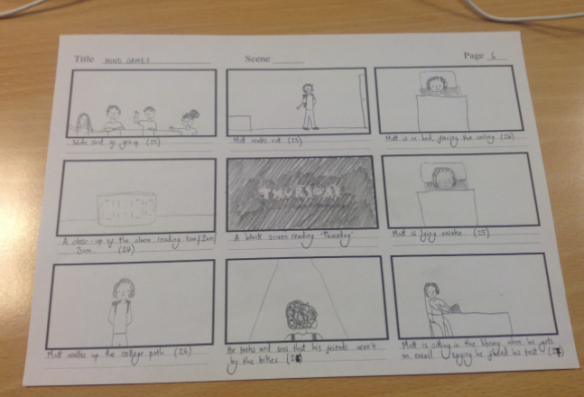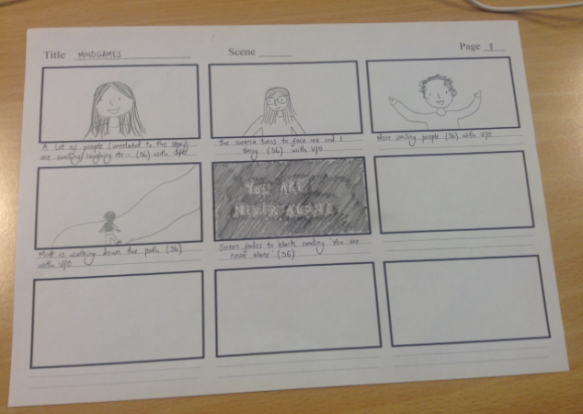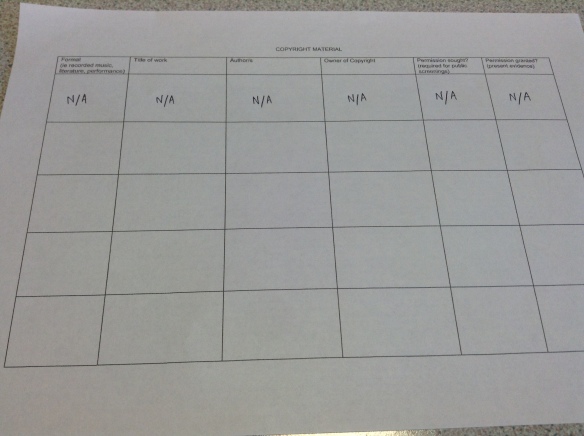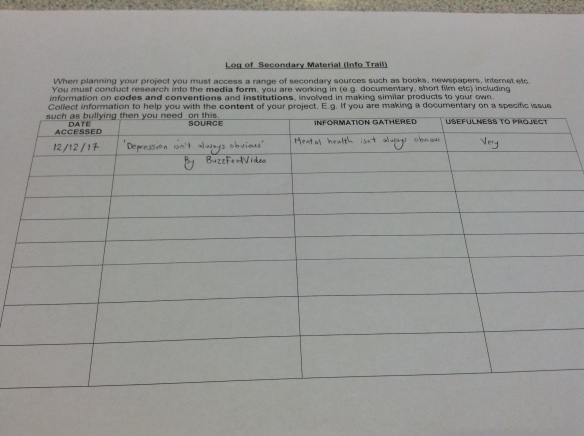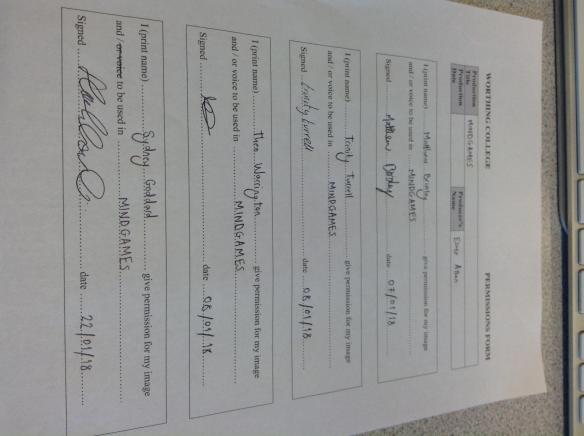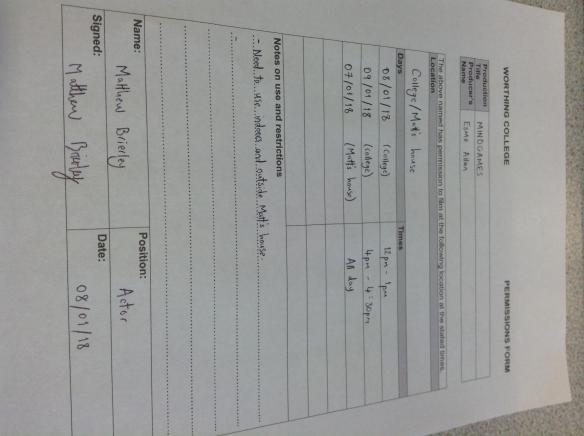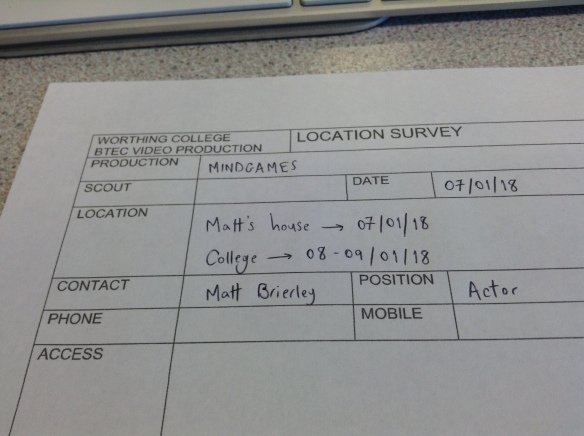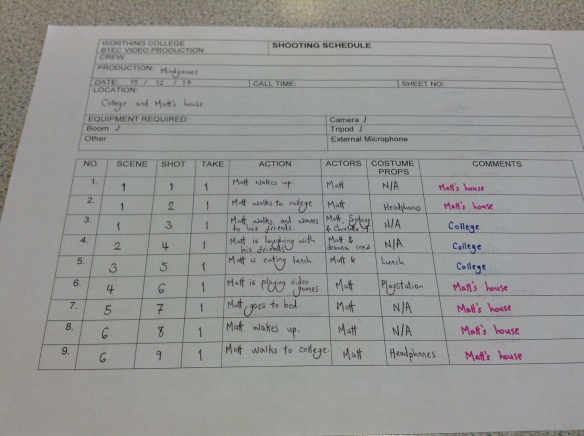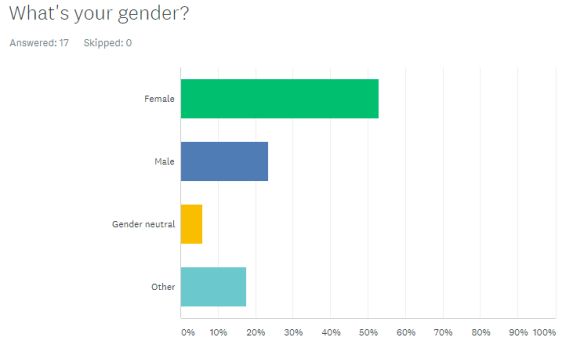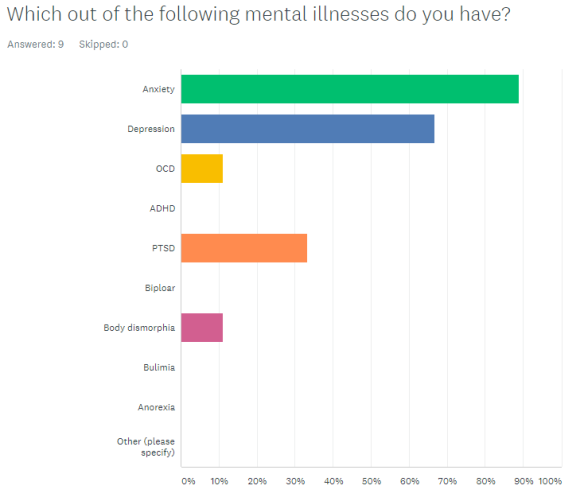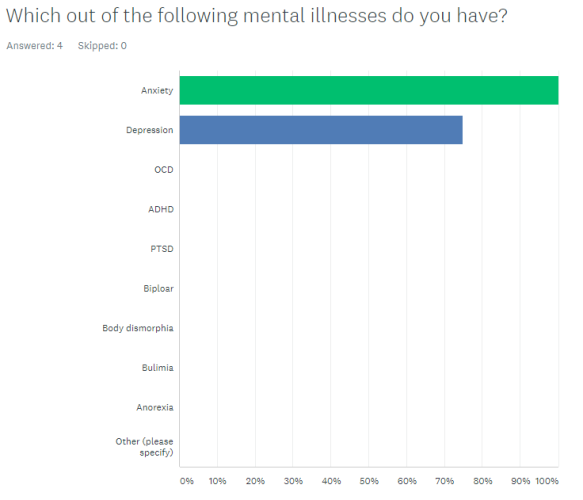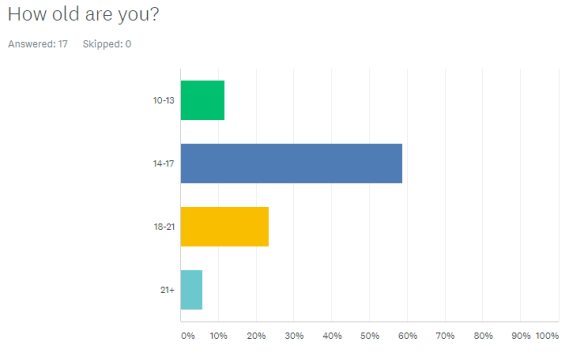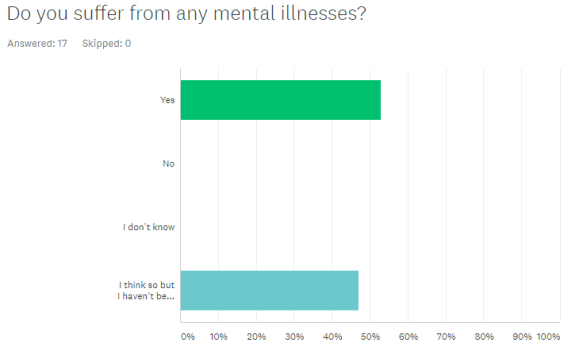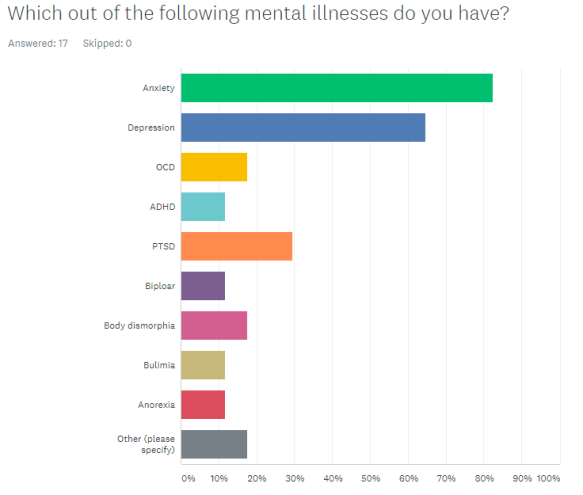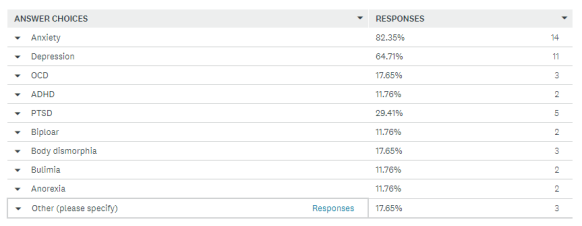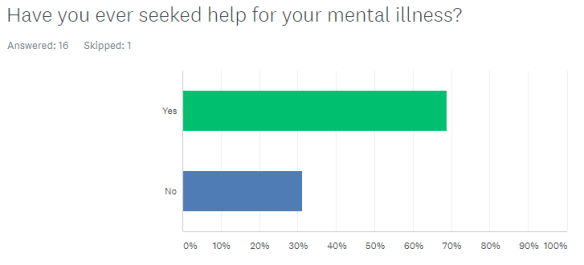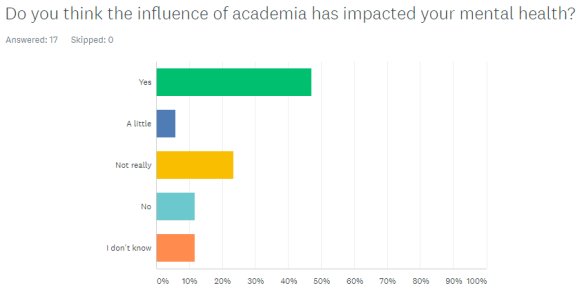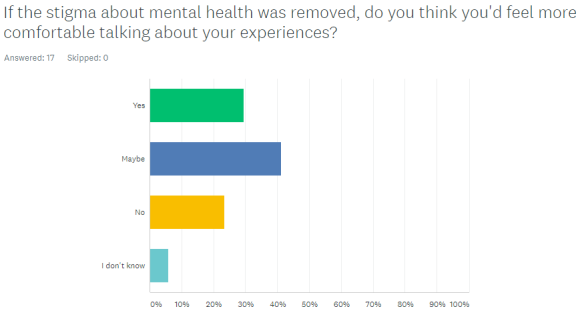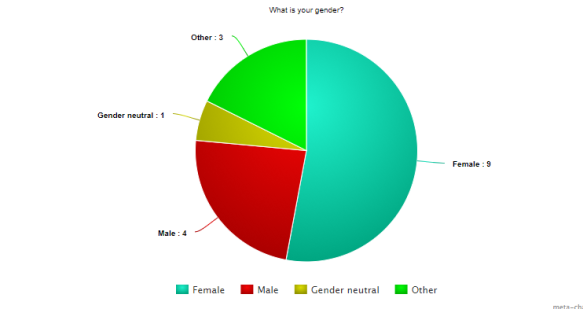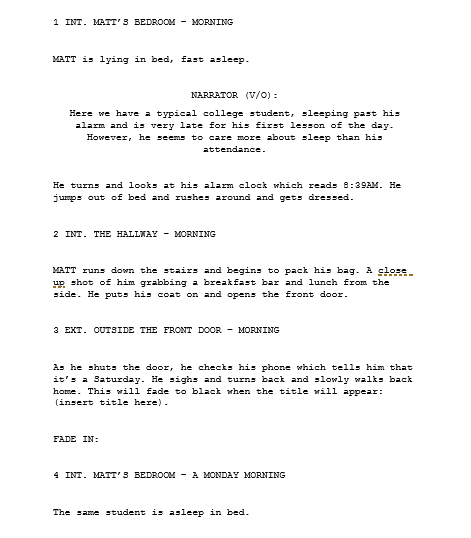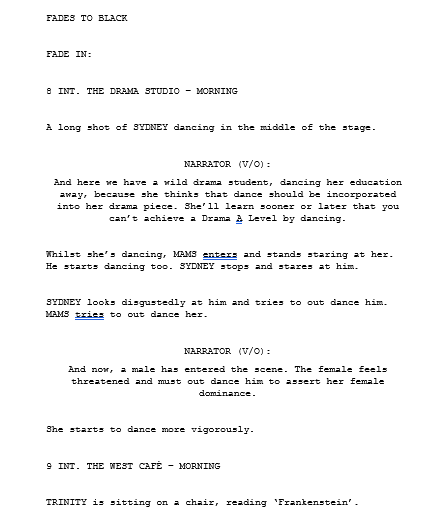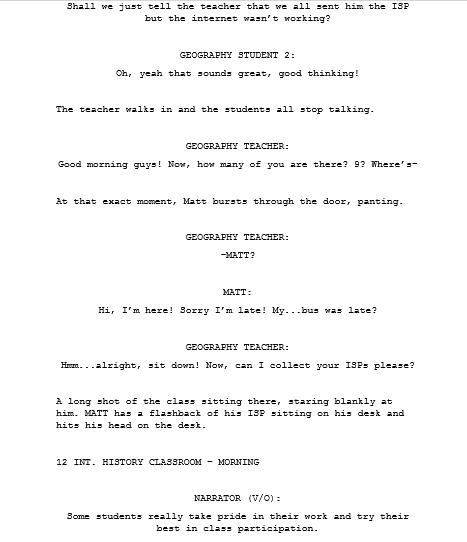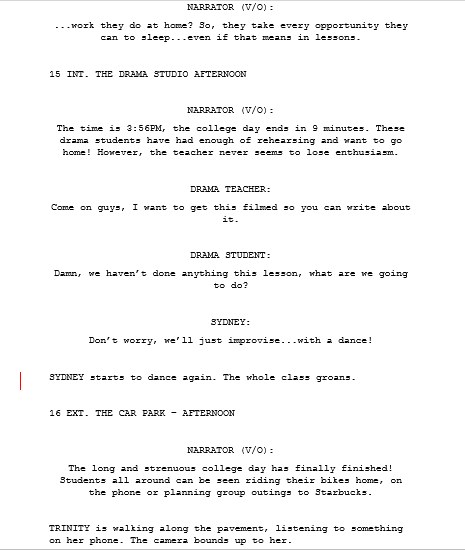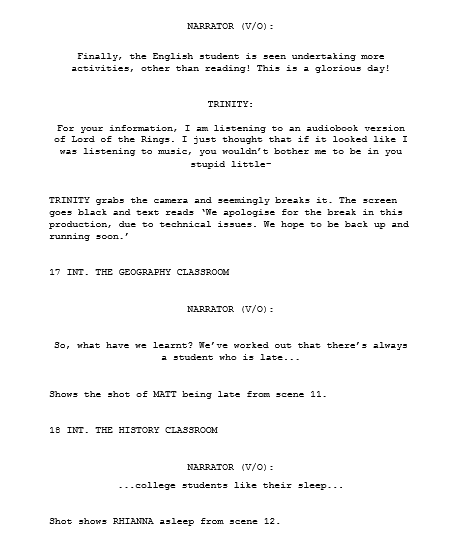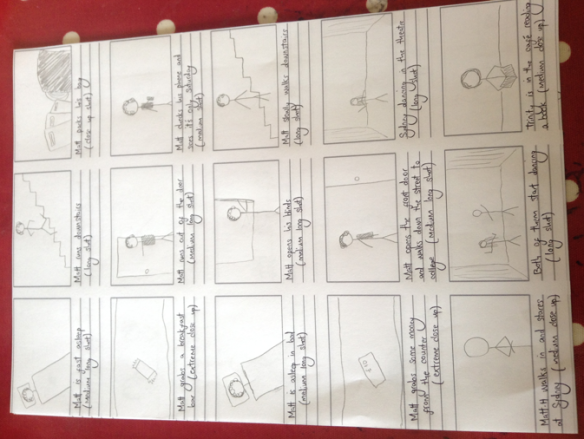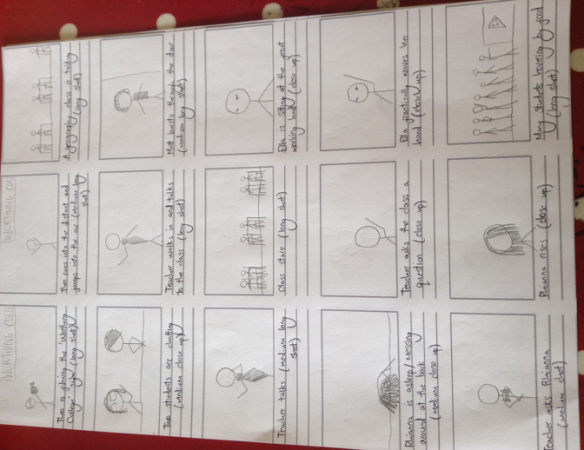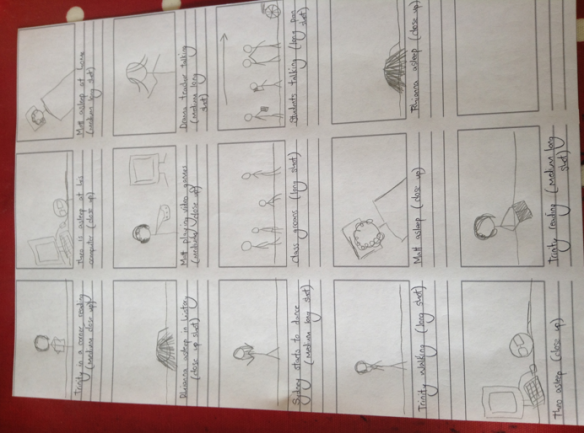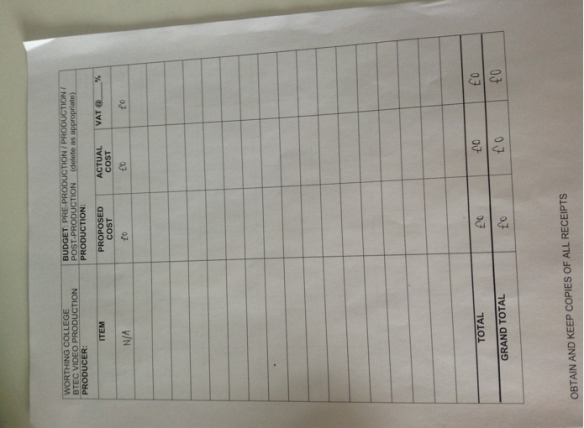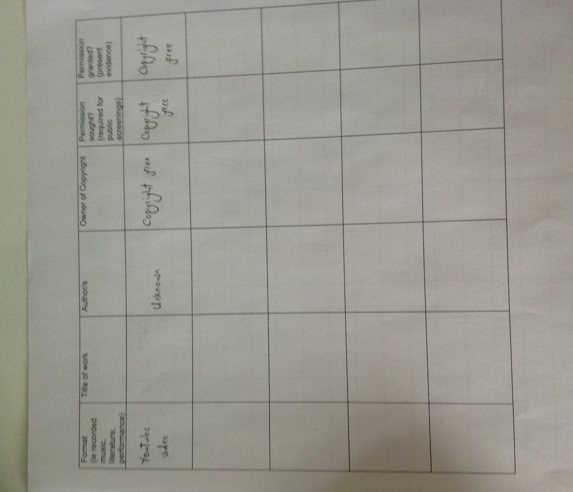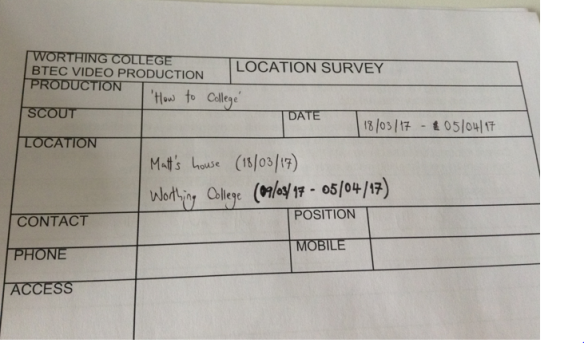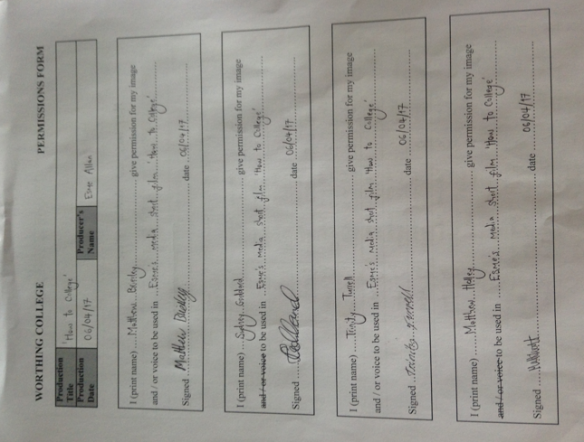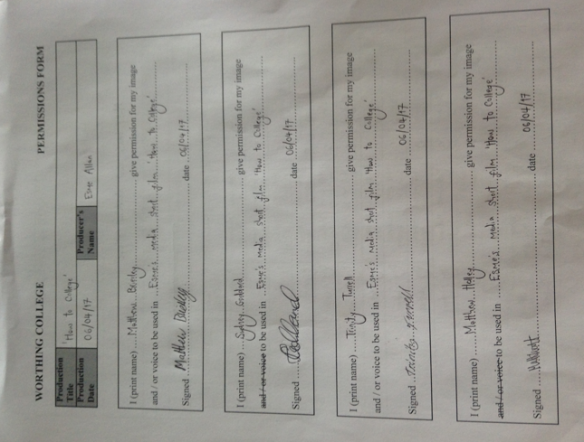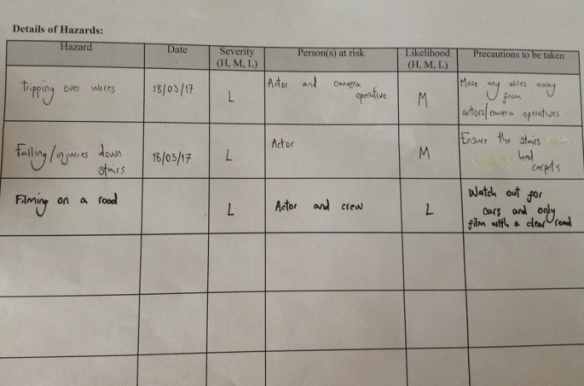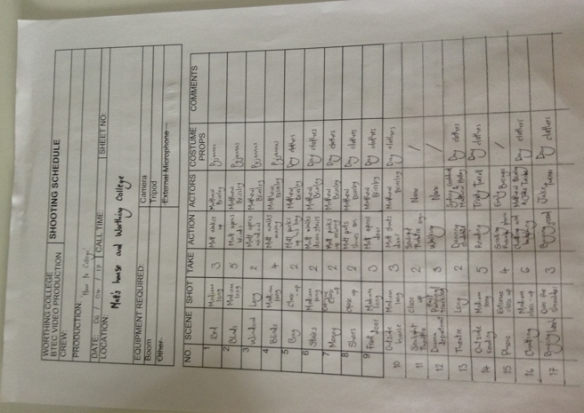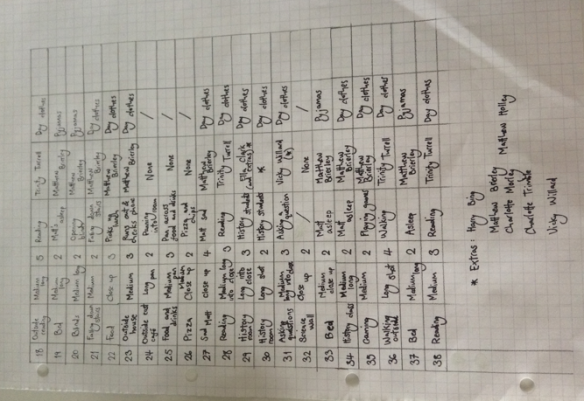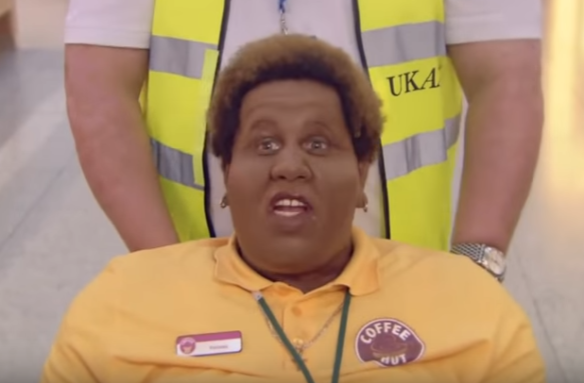Promotion:
To promote my social action video, I posted it on my Facebook and Snapchat, as well as on the YouTube page. My social medias are all private so only people I know personally can see it, however the YouTube page is open to the public. In the description of my video, was the link to my surveymonkey and I asked people to complete my survey after watching the video.
Protection:
To keep in line with Ofcom’s broadcasting code, I protected the under 18s by asking their parents permission to use them in my film, and I had all of my actors give their signatures to say they don’t mind me using their face and/or voice in my film. I also ensured that nothing in my film would put any under 18s in danger.
Surveymonkey:
Overall, I got 17 responses on my survey. Even though it’s not a lot of people, I was still able to collect some good feedback and data from it. I was also able to find a good range of opinions about my video and the topic in question. I think that 17 is enough people to be able to make an overall conclusion on how successful my video was at spreading awareness.
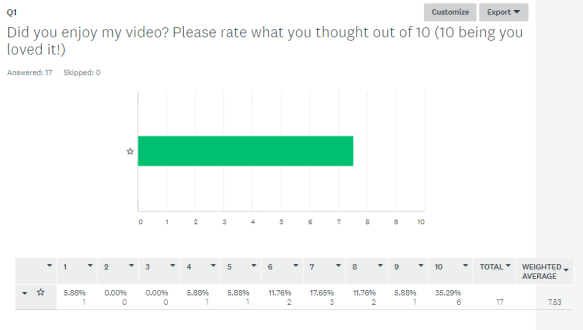 My first question was asking the viewers to rate my video out of 10, I included this so I could find out how well my video was received. The average rate for my video was 7.5 so I’d say that overall, my video was well received. Although I did receive a 1 star rating and a 4 star rating, but I understand that my video is about a touchy subject.
My first question was asking the viewers to rate my video out of 10, I included this so I could find out how well my video was received. The average rate for my video was 7.5 so I’d say that overall, my video was well received. Although I did receive a 1 star rating and a 4 star rating, but I understand that my video is about a touchy subject.
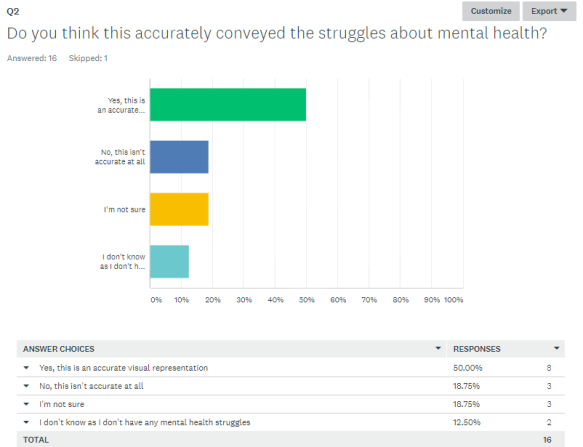 Out of the 16 people who answered this question, 50% said that they thought my video was an accurate representation of mental health, which is great if people feel like they can relate to it and understand what someone can be going through. However, a conflicting nearly 20% of people said that my video wasn’t accurate at all. I find this odd that there can be such a variation of people’s viewpoints, however this proves what I was trying to portray, people experience mental health in completely different ways, so the people who thought that it wasn’t accurate might just experience mental health differently to those who said yes. However, those 20% of people might not have any mental health struggles so they simply might not be able to relate.
Out of the 16 people who answered this question, 50% said that they thought my video was an accurate representation of mental health, which is great if people feel like they can relate to it and understand what someone can be going through. However, a conflicting nearly 20% of people said that my video wasn’t accurate at all. I find this odd that there can be such a variation of people’s viewpoints, however this proves what I was trying to portray, people experience mental health in completely different ways, so the people who thought that it wasn’t accurate might just experience mental health differently to those who said yes. However, those 20% of people might not have any mental health struggles so they simply might not be able to relate.
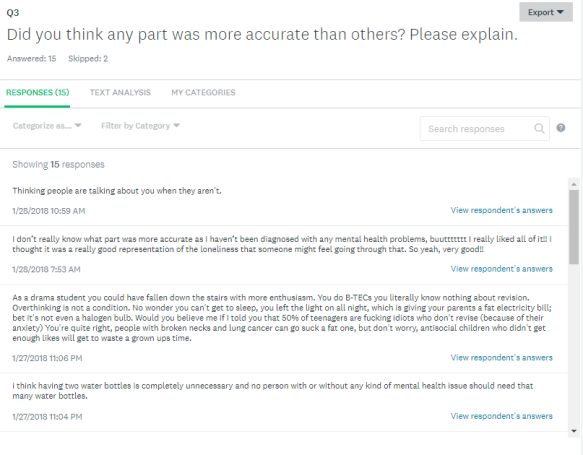

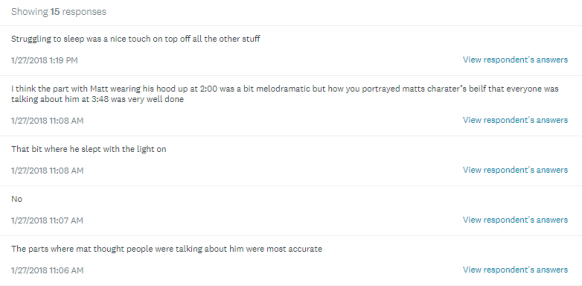
 The reason why I included this question is so I could understand what people liked and didn’t like about my video and what they thought was relatable. Most people left really positive comments and there was some constructive criticism scattered about. For example, someone commented saying that it’s not that normal to sleep with the light on, I filmed those scenes with the lights on so you were able to see the action in the shot. Overall, I thought that the responses to this question were very useful because people said that they thought I portrayed mental health well, and if they didn’t think I did, explained why.
The reason why I included this question is so I could understand what people liked and didn’t like about my video and what they thought was relatable. Most people left really positive comments and there was some constructive criticism scattered about. For example, someone commented saying that it’s not that normal to sleep with the light on, I filmed those scenes with the lights on so you were able to see the action in the shot. Overall, I thought that the responses to this question were very useful because people said that they thought I portrayed mental health well, and if they didn’t think I did, explained why.
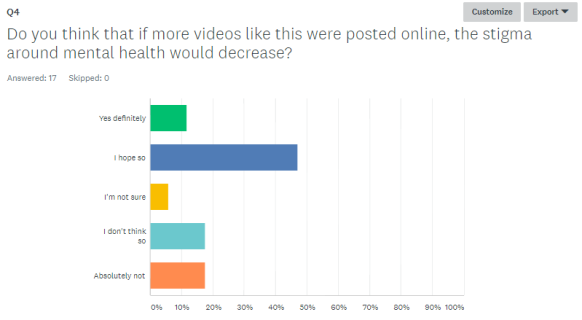 Understandably, nearly 50% of respondents said that they’d hope that the stigma would decrease with the help of videos like this one. This is understandable because no one really knows what is going to change something so profound as views on mental health, yet it’s reassuring to know that people are hopeful and optimistic. However, nearly 20% didn’t think that videos would help decrease the stigma, with nearly another 20% saying ‘Absolutely not’ to the question. Those results surprised me because I know that it’s impossible to know what will definitely help, but I thought that people would be more optimistic towards their viewpoint in helping promote the idea of discussing mental health.
Understandably, nearly 50% of respondents said that they’d hope that the stigma would decrease with the help of videos like this one. This is understandable because no one really knows what is going to change something so profound as views on mental health, yet it’s reassuring to know that people are hopeful and optimistic. However, nearly 20% didn’t think that videos would help decrease the stigma, with nearly another 20% saying ‘Absolutely not’ to the question. Those results surprised me because I know that it’s impossible to know what will definitely help, but I thought that people would be more optimistic towards their viewpoint in helping promote the idea of discussing mental health.
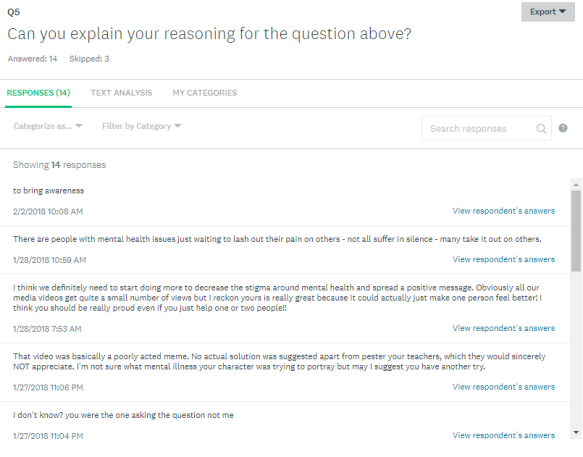

 The majority of people are saying that society needs more than just a video to change people’s perspective and outlook on mental health, I’d agree with them there but I believe that making videos about the topic is a start. However, a few respondents said that they thought that a video about mental health would decrease the stigma as it is shedding light on the topic which is something the world needs.
The majority of people are saying that society needs more than just a video to change people’s perspective and outlook on mental health, I’d agree with them there but I believe that making videos about the topic is a start. However, a few respondents said that they thought that a video about mental health would decrease the stigma as it is shedding light on the topic which is something the world needs.
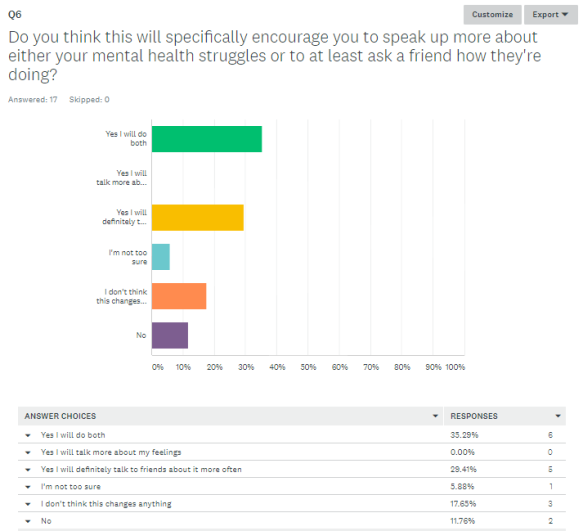 I was really shocked to see that no one said that they would talk about their own feelings and experiences with mental health. Nearly 30% said they would talk to their friends about it more and 35% said they’d do both. Sadly, around 30% say that they won’t try to talk about it more and break the stigma.
I was really shocked to see that no one said that they would talk about their own feelings and experiences with mental health. Nearly 30% said they would talk to their friends about it more and 35% said they’d do both. Sadly, around 30% say that they won’t try to talk about it more and break the stigma.
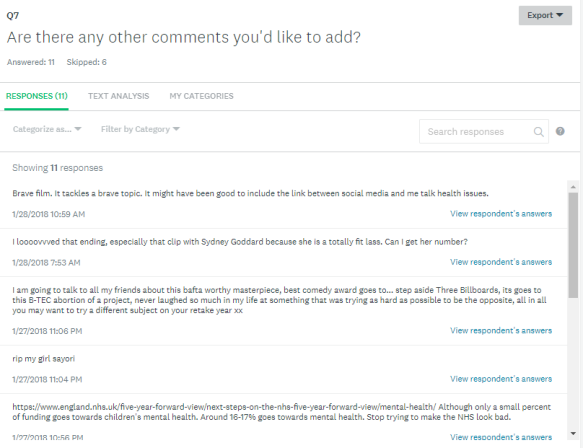
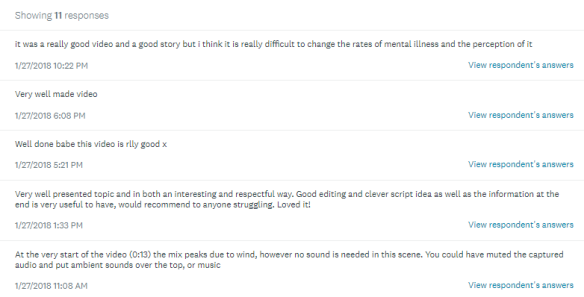
 On the whole, most of the comments left were really positive. I wanted to include a section for people to leave their own comments because I wanted people to be able to express any other thoughts or feelings in a way that the rest of the survey didn’t allow it. I received lots of praise and some constructive criticism as well, which I think is really beneficial.
On the whole, most of the comments left were really positive. I wanted to include a section for people to leave their own comments because I wanted people to be able to express any other thoughts or feelings in a way that the rest of the survey didn’t allow it. I received lots of praise and some constructive criticism as well, which I think is really beneficial.
One thing I did receive were quite a few comments from I can only guess internet trolls or just some horrible people I know and they weren’t giving constructive criticism, they were insulting me, my actors and the course I am enrolled in. I didn’t include these whilst evaluating the overall comments because I do not believe they are relevant to my evaluation.
Facebook:
I received a lot of support from people on Facebook about these negative comments but I still don’t see any worth in these comments.
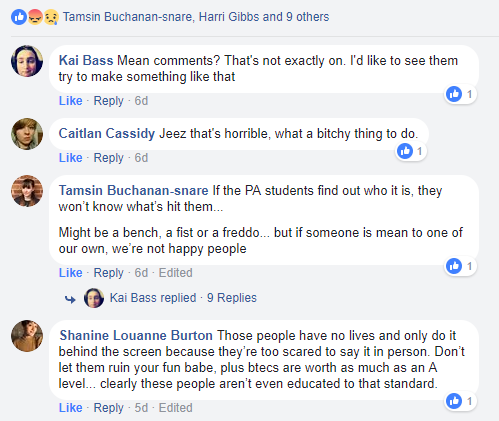 However, underneath my video, I didn’t receive any comments but I did get 9 likes on my Facebook page.
However, underneath my video, I didn’t receive any comments but I did get 9 likes on my Facebook page.
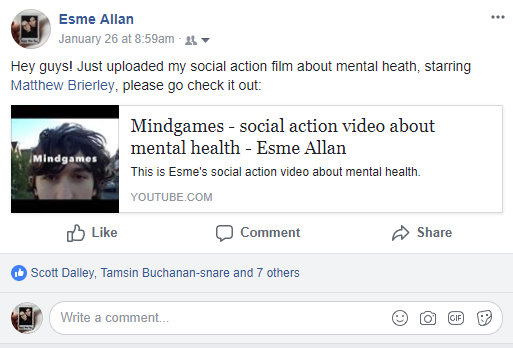
Snapchat:
I posted the link to my Snapchat and I received over 80 people reading the post but whether they clicked on the link and watched the video, I don’t know.
YouTube:
I posted my video to the BTEC media channel on Friday 26th January 2018 and I received 170 views and 4 likes (as of February 3rd 2018), 8 days after it was published.
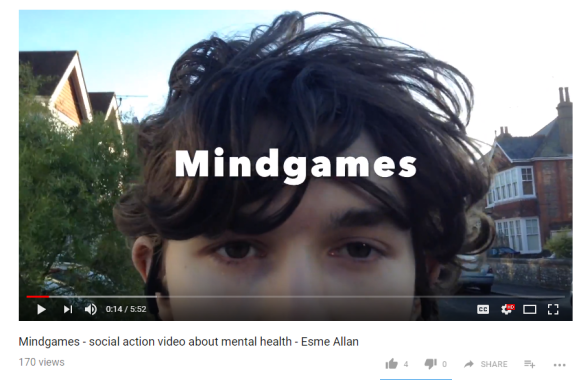 Based on the majority of my feedback, I think that I did a decent job at promoting the concept of mental health. I thought that my message was clear and that I was able to separate the days well. If I re-did my project or had the opportunity to make another video similar to this one, I would definitely include the influence of social media on teenager’s mental health because I believe that the constant competition of who has the most likes on social media and photoshopped images can sometimes bring out those hidden mental health problems, or create some issues.
Based on the majority of my feedback, I think that I did a decent job at promoting the concept of mental health. I thought that my message was clear and that I was able to separate the days well. If I re-did my project or had the opportunity to make another video similar to this one, I would definitely include the influence of social media on teenager’s mental health because I believe that the constant competition of who has the most likes on social media and photoshopped images can sometimes bring out those hidden mental health problems, or create some issues.
Your products fitness for purpose: I hope that people seeing my video will encourage them to either talk more about their experiences with mental health, or to at least talk to a friend about their mental health. My aim was to promote the idea of discussing mental health as I believe that some people are either too scared to open up about their struggles or that people simply don’t know where they can find help; where my video also provides details.
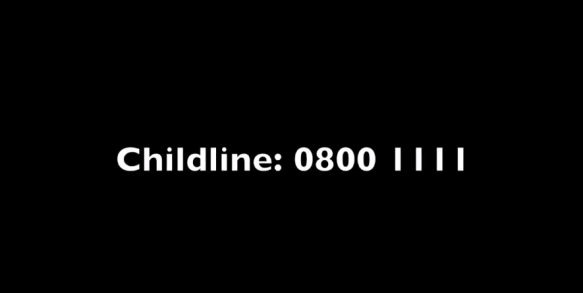
Effectiveness of communication: I created a survey on surveymonkey to promote my video and to gather as much data as possible for my pre-production research and my post-production evaluation. As for my communication after making my film, I promoted it on my Facebook and Snapchat. With both surveys, I made it clear on my social media that I wanted people to answer my surveys. Also, based on my survey responses and feedback I’ve received, people seemed to understand what my video was about and what I was aiming to communicate.
Appropriateness with audience: As my target audience was teenagers, I tried to keep my video aimed to that audience. I did this by setting it in a college, having my cast as all teenagers and including scenarios that teenagers can relate to in terms of school and fitting in. In my surveys, I also used language and wording that is simple for teenagers to understand. Even though my video is about a serious topic, I didn’t want my video to be dull and depressing so I added small aspects of comedy, such as Matt falling down the stairs.
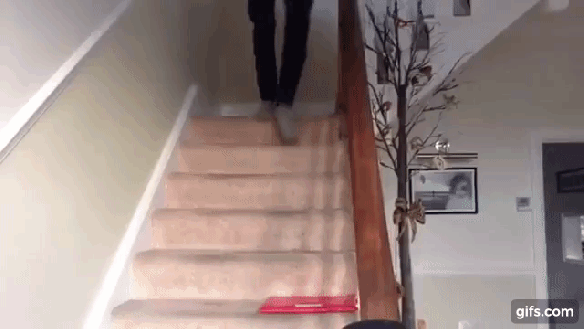
Compare with intentions and rival productions: My script was an original concept and I wanted to keep it as original as I could so I wouldn’t have any rival productions. Compared to my first plans and first script draft, my film ended up changing slightly in terms of actors and where the scenes were placed, but I still wanted to stick to the initial morals as much as possible.
Effectiveness of content: According to the majority of comments on my post-production survey, my film seemed to touch upon the right topics and I was able to portray mental health in a way that people thought was accurate and relatable.
Impact (measured and hypothetical): My survey results indicated that over 60% (as seen in the diagram below) of respondents will either talk more about their mental health struggles or talk to friends and family more, which is the outcome I wanted from my social action video. In an ideal world, I’d want mental health to not be a taboo subject but for now, this is a start hopefully.

Technical and aesthetic qualities: I used my iPod 5 to film all of this film and a boom microphone to record sound. I didn’t use any special effects whilst filming but in terms of editing, I used sound and visual effects for the flashback scenes and this is because I wanted their to be a distinct difference between the real life scenes and the flashbacks/thoughts in Matt’s head. I used a faded white visual effect, as well as a warped transition between real life and Matt’s mind, and an echoed sound effect to convey this. As for other sound effects throughout the film, I used an alarm clock and a clock ticking to help convey the idea of it being morning.
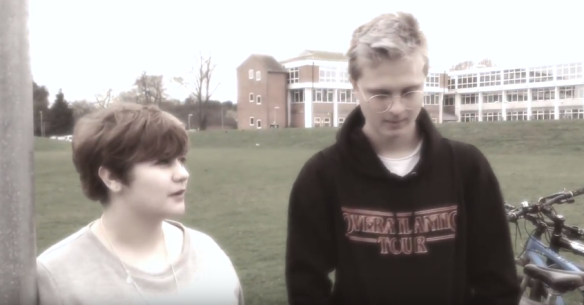
Cast:
Matthew Brierley – main actor
Trinity Turrell – girl by bike rack
Theo Warrington – boy by bike rack
Kai Bass – boy in sociology class
Scott Dalley – boy in exam
Jenny Costan – girl in exam
Ruben Pol – talking boy in exam
Leah Jackson – talking girl in exam
Trinity Turrell, Beth Parker, Freya Parsons, Harry Bing, Sydney Goddard, Carrie Liddell, Fari Chiketa, Olivia Denyer, Theo Warrington – people smiling/laughing at the end of the video
Crew:
Emily Burrage – sound and costume supplier
Matthew Brierley – voiceover
Esme Allan – voiceover, camera operative, editor, director

